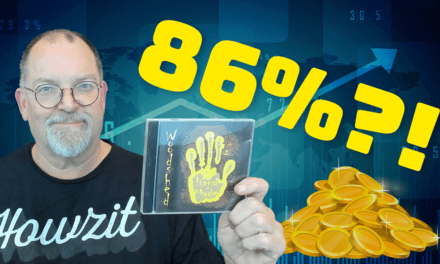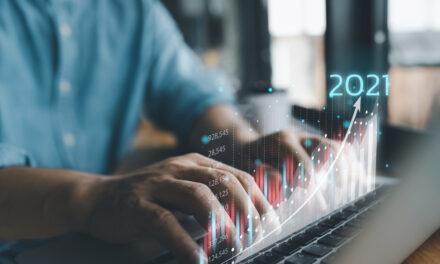Of course, we couldn’t escape 2020 without one, final plot twist…
The coronavirus has mutated to a more transmissible variant.
Naturally, everyone started to wonder if the vaccines would still be effective … if they would offer the same amount of protection as advertised.
It’s a stark reminder that we still know very little about the virus, with the threat of more lockdowns haunting the economic recovery well into 2021.
With uncertainty lingering, governments and central banks around the world will remain inclined to provide more stimulus to support their economies … and not risk pulling on the reins too soon.
But stimulus spending will start to evolve. It won’t just be more checks and money-printing.
And that’s creating a perfect scenario for a group of investments in early bull stages.
3 Converging Trends Will Define 2021
The coming year will see three distinct waves of support for the economy:
1. Quantitative easing (QE). You’re familiar with this one. Central banks create money to buy securities … usually government debt.
Bond-buying has led to an explosion in central bank balance sheets since the financial crisis … going from less than $5 trillion in 2007 to more than $25 trillion among the big players.

And it shows no sign of slowing down in 2021. The Federal Reserve will keep QE at $120 billion per month until it makes progress on employment and inflation goals. The European Central Bank just expanded its program by $600 billion.
2. Infrastructure spending. We need to spend nearly $57 trillion in global infrastructure over the next decade to keep pace with economic growth. Those projects present an ideal way to create jobs while unemployment remains high.
Just in the U.S., President-elect Biden has called for $2 trillion in spending, which includes investments in green infrastructure like charging stations for electric vehicles.
3. Renewable energy. The third trend is renewable energy investments.
Total renewable energy capacity has already grown by 123% over the last decade. And now countries around the world are accelerating that trend by making huge investments in renewable energy. Europe alone is plowing more than $700 billion into the battle to slow climate change.

How to Profit From Trillions More in Stimulus
These three converging trends will translate to a commodity boom in 2021 and beyond, particularly in metals.
Base metals such as copper will benefit from general infrastructure spending. They’re used in applications like wiring and power grids.
Precious metals like silver and platinum will get a boost from the focus on renewable energy. For example, demand for silver in solar panels has jumped by more than 300% in the last 10 years to just under 100 million ounces. Platinum is a critical element for vehicle emission systems and hydrogen fuel cells.
Meanwhile, both copper and silver also benefit from the growing electric vehicle market. Silver use in the auto sector has grown more than 300% in the last decade, while up to 3.5 times more copper is used in electric vehicles compared to gas-powered autos.
Precious metals will also see demand driven by their scarcity value. At a time when central banks are flooding markets with currencies, investors will turn toward investments like gold and silver that offer a store of value.
That’s why my top picks for 2021 include Invesco DB Base Metals ETF (NYSE: DBB) and Aberdeen Standard Phys PrecMtlBskShr ETF (NYSE: GLTR).
These exchange-traded funds (ETFs) offer exposure to a variety of base (DBB) and precious metals (GLTR) that are primed to surge higher in the coming year.
My recommendation? Get in position now for the 2021 boom.
Best regards,

Research Analyst, The Bauman Letter










